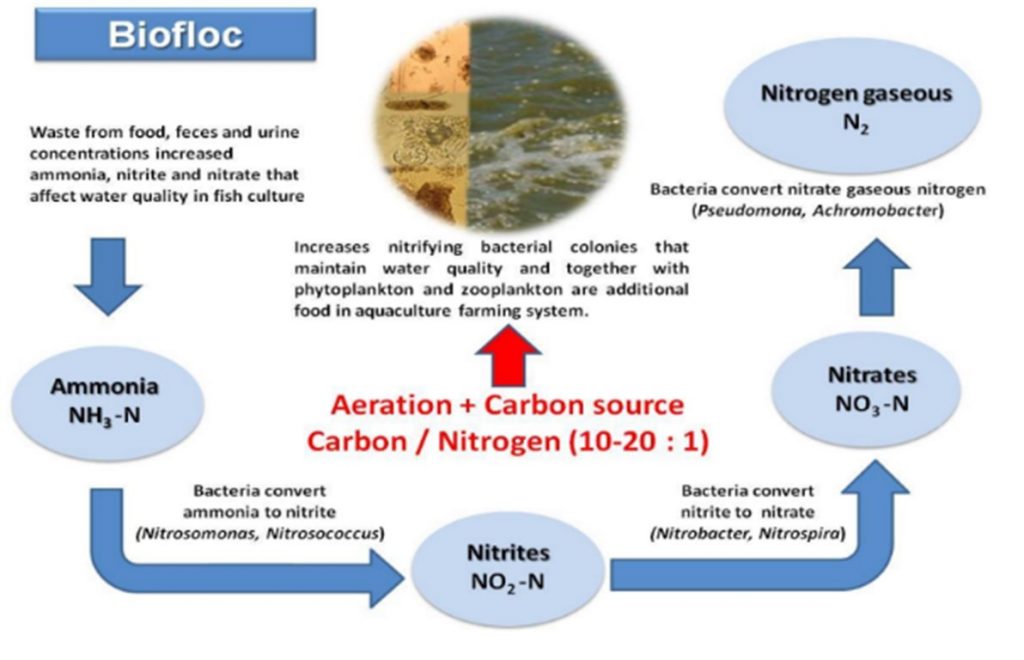Monitoring the Health of Aquatic Ecosystems
Fish health surveillance:
In view of Covid- 19, Surveillance programme was not taken up for the period from 2020 to 2022. So no data is available. However, we have initiated the surveillance for health monitoring from 2023 onwards.

Fish health surveillance and monitoring area:
Surveillance Programme is being done by the School of Fisheries, Centurion University of Technology and Management at nearby ponds and Ramsagar reservoir to know the disease types throughout the year.
Table: Disease Surveillance Report (Average for each month)
Months of Sampling | Species affected | Bacterial Disease | Viral Disease | Parasitic Disease | Fungal Disease | Non-Infectious Disease |
March 2019 | Nil | No | No | No | No | No |
April 2019 | Nil | No | No | No | No | No |
May 2019 | Nil | No | No | No | No | No |
June 2019 | Rohu | No | No | White gill spot | No | No |
July 2019 | Rohu | No | No | White gill spot | No | No |
August 2019 | Rohu, Catla, Mrigal, Common Carp | No | No | Argulosis | No | No |
September2019 | Catla, Rohu | Ulceration | No | No | No | No |
October2019 | Catla, Rohu | Ulceration | No | No | No | No |
November 2019 | Catla, Rohu | Ulceration | No | No | No | No |
December2019 | Catla, Rohu | Ulceration | No | No | No | No |
January 2020 | Rohu, Catla, Silver carp | Ulceration, Finrot & tail rot | No | No | No | No |
February 2020 | Rohu, Catla, Silver carp | Ulceration, Finrot & tail rot | No | No | No | No |
Web link:
http://research.cutm.ac.in/courses/center-for-aquaculture-and-fish-processing-technology/
Monitoring of water quality
The physical and chemical parameters of water viz., temperature, pH, DO, free CO2 , NH3 , water hardness and alkalinity were monitored at fortnightly in order to check the health status of the aquatic system. The details of the study have been represented in tabular form. The water quality parameter is analysed by the students as a part of their curriculum.
Table: Physicochemical Parameter for Ramsagar Reservoir (Average)
Water quality parameters | Range |
Temperature (0C) | 29.66 ± 1.45a |
pH | 8.52 ±.0.35a |
Dissolved oxygen (mgl-1) | 8.23 ± 0.27a |
Free Carbon dioxide (mgl-1) | 0.63 ± 0.052a |
Total ammonia – N (mgl-1) | 0.05 ± 0.001b |
Nitrite – N (mgl-1) | 0.06 ± 0.003b |
Nitrate – N (mgl-1) | 1.63 ± 0.08a |
Hardness (mgl-1) | 65.33 ± 1.66a |
Alkalinity (mgl-1) | 98.41 ± 1.50a |
Courses designed for water quality monitoring and aquaculture
- Domain course offered to students
Course title: Domain Track Title: Intensive Aquaculture
Web Link: http://courseware.cutm.ac.in/courses/11961/
Domain Track Objectives:
- To enable students to gain practical experience in industry-specific procedures.
- To provide students with a good understanding of how the various aspects of water quality affecting aquaculture.
- To provide an understanding of managing stock levels in an aquaculture setting.
- To develop students’ experience of collation, presentation and interpretation of data collated during applied study.
A number of Practical experiments are done to measure water quality parameters
- Water quality estimation (pH and Temperature, Alkalinity)
- Water quality estimation (Hardness)
- Water quality estimation (Dissolved Oxygen)
- Water quality estimation (Ammonia and Nitrate)
- Water quality estimation (Phosphate and Chloride)
- Working out the economic feasibility of construction and maintenance of different fish production systems
Thus, students are involved in monitoring water quality.
A number of Practical experiments are done for Biofloc generation
- Biofloc generation and management methods through Natural method
- Biofloc generation through Biological method,
- Biofloc generation through Inoculation method
- Biofloc generation through Probiotic method
- Carbon nitrogen ratio maintenance
- Importance of feed reduction
- Suitable Carbon sources Identification
- Qualitative measurement of biofloc
- Quantitative analysis of biofloc,
- Maintaining Biofloc culture system
- Feed and Heath Management in Biofloc System
- Microbial Quantification
- Microscopy in bacterial identification
Thus, students are involved in the Biofloc culture system.
- Biofloc technology
Web Link: http://courseware.cutm.ac.in/wp-content/uploads/2020/06/C18.pdf
Biofloc is a protein rich macro aggregate of organic material and macro-organism including diatoms, bacteria, protozoa, algae, fecal pellets, remaining of dead organisms and other invertebrates. CUTM is involved in research related to both brown and green flocs.

